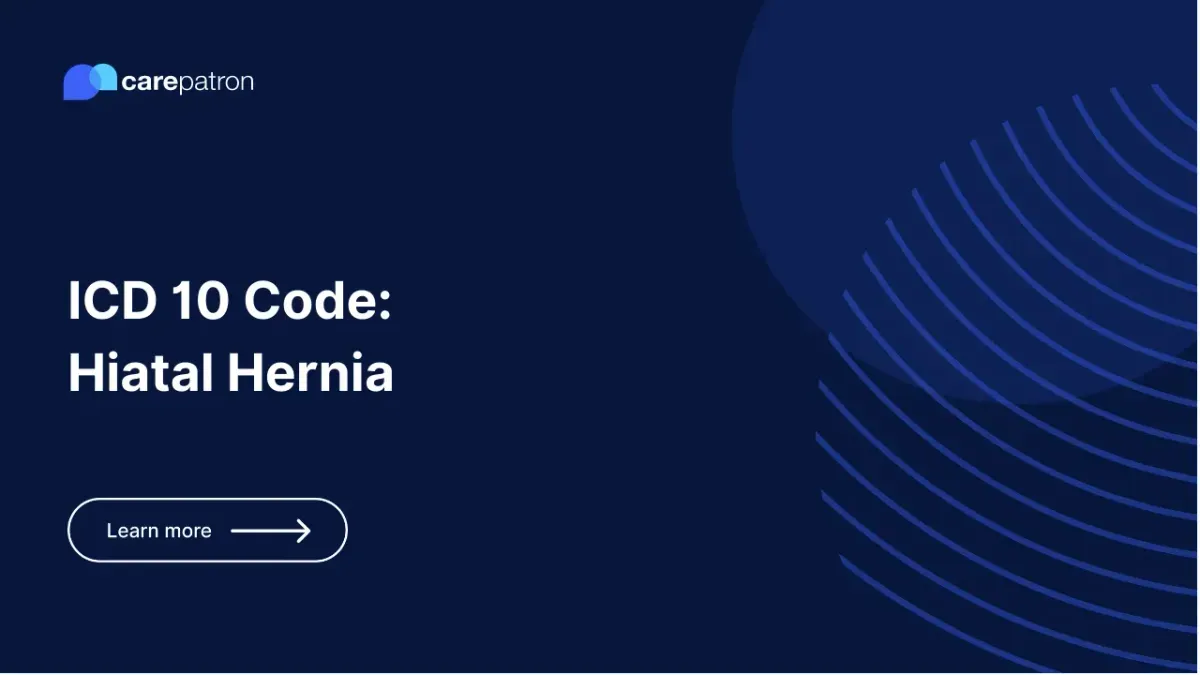
Hiatal Hernia ICD-10-CM Codes
Read this mini-guide to know the ICD-10 codes you can use for hiatal hernia and clinical information about the condition.
Use Code
Commonly asked questions
Yes, the aforementioned codes are billable.
You can use any of the aforementioned codes so long as you can confirm that the patients have hiatal hernias and are related to the ICD-10 code you’re using.
Acid-production block medicine and esophagus-healing medicine. If those don’t work, the other option is surgery.
EHR and practice management software
Get started for free
*No credit card required
Free
$0/usd
Unlimited clients
Telehealth
1GB of storage
Client portal text
Automated billing and online payments
